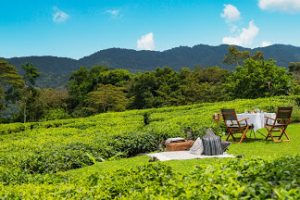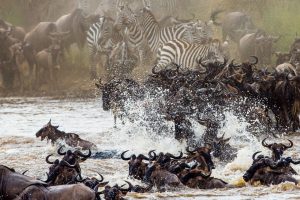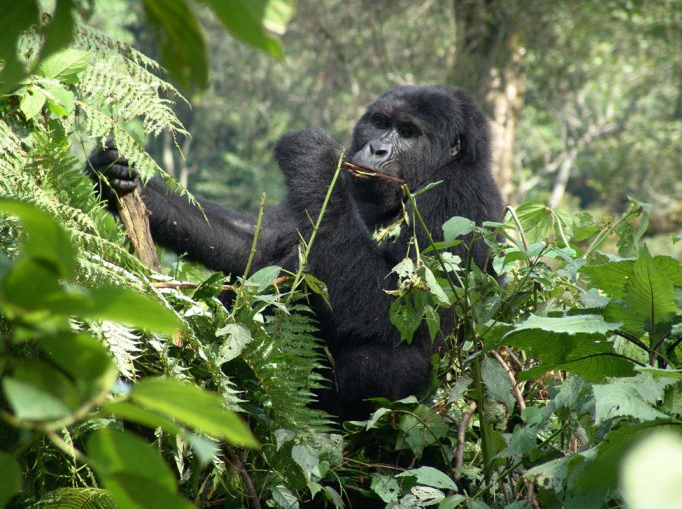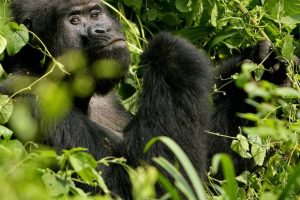Mikumi National Park, Tanzania
The Park is located near Morogoro covering a total area of 3,230 square kilometers and it is thus the country’s fourth largest protected area.
The landscape of the Park is somehow similar and related to that of Serengeti and it is crossed by a road (Tanzania’s A-7 highway) which divides the Park into two areas with partially distinct environments.
The Park borders Selous Game Reserve to its southern direction thus the two areas forming a unique ecosystem. The Park also borders other two natural areas including the Udzungwa Mountains and Uluguru Mountains.
The area north-west is characterized by the alluvial plain of the river basin Mkata and the vegetation of this area consists of savannah dotted with acacia, baobab, tamarinds, and some rare palm.
In this area at the furthest from the road, there are spectacular rock formations of the mountains Rubeho and Uluguru well as the southeast part of the park is less rich in wildlife and not very accessible.
The most recommended and appropriate period to visit the Park is in May up to October when there is warm weather in the Park and beautiful sites that are once-in-a-lifetime experience.
The park contains a subspecies of giraffe that biologists consider the link between the Masai giraffe and the reticulated or Somali giraffe.
Other animals in the park are elephants, zebras, impalas, elands, kudus, black antelopes, baboons, wildebeests and buffaloes. At about 5 km from the north of the park, there are two artificial pools inhabited by hippos.
However still in the Park there are some chances of seeing a tree climbing lion though all these are just stories of the local guides in the Park who even say that it is easier to see a tree climbing lion than the famous Lake Manyara national park where lions exhibit this behavior.
The Park is still a home to more than 400 bird species and thus visitors to the Park will be able to do the birding activity which is one of the most colorful activities in Parks.
Accommodations in the Park include; Mikumi wildlife camp, Tan-swiss lodge, Camp Bastian Mikumi, Angalia tented camp, and Mikumi Adventure lodge among others.





